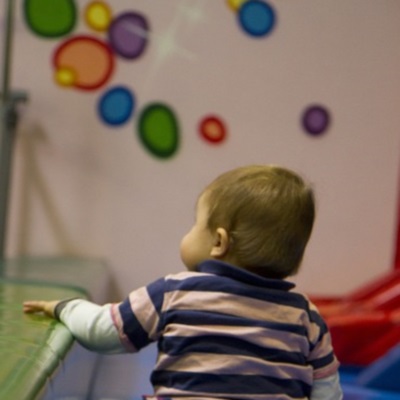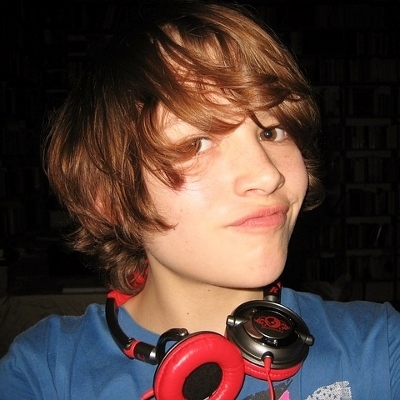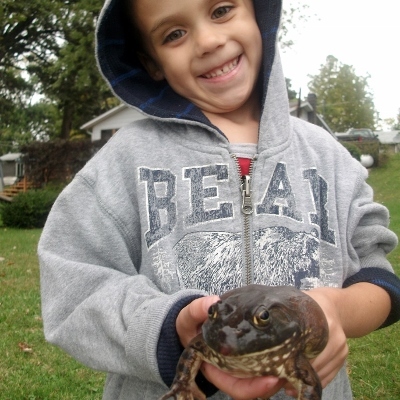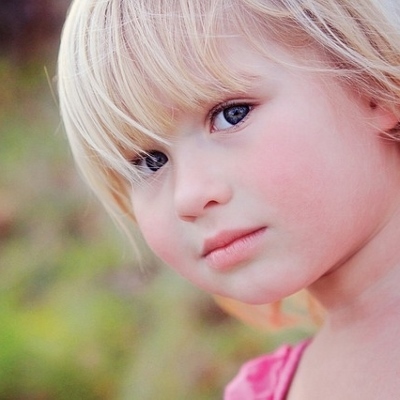 The Reggio Emilia approach to teaching preschoolers is well established in Italy and popular in many large cities in North America. The philosophy is child centered and encourages direct family participation. Is a preschool based on this philosophy suitable for your child?
The Reggio Emilia approach to teaching preschoolers is well established in Italy and popular in many large cities in North America. The philosophy is child centered and encourages direct family participation. Is a preschool based on this philosophy suitable for your child?
The Reggio Emilia approach is named after a place in Northern Italy and the program was developed by Loris Malaguzzi, a teacher himself. After the devastation of World War II, a group of parents wanted a new way to educate their children based on respect, responsibility, and community involvement. By the 1960s, Malaguzzi’s methods were recognized in Italy and then gained international appeal in the 1980s.
The four main principles of the Reggio Emilia philosophy are that children must have an active role in their learning and, secondly, learn through experiencing their senses. Thirdly, children must have experiences with other children and with a wide variety of materials in their world. Lastly, children must be able to express themselves in multiple ways.
The child’s parents are actively involved in their child’s learning. Parents co-operate with the teachers in every aspect of the curriculum and often volunteer in the classroom.
The teacher has a much different role than in traditional western preschools. In a Reggio Emilia preschool, the teacher looks to the child to help set the program. What are the child’s interests and strengths? How can this information be used to help the child develop their potential?
Projects are open ended and might cover a number of disciplines. Work in a community garden looks at the natural sciences with emphasis on life cycles and the role of insects. Math is important for counting and sorting seeds. Language Arts are promoted through vocabulary about nature.
The teacher gains insight into the child through observation and documentation. Projects are prominently displayed and conversations between children are recorded. It is common for pictures to be taken of children with friends, on trips and with their treasures. All of this information is saved for the child to refer to in the future.
The environment of a Reggio Emilia preschool is very important. There should be large open spaces where children can play and interact with one another. Also, there should be rooms suitable for smaller groups to play together. In addition, a quiet area should be available. Ideally, the classroom should have large windows allowing for natural light.
Equipment at a Reggio Emilia preschool is of high quality and materials are intended to promote creativity. For example, a plastic tree can only be used as a tree, however, a block of wood can be a tree, a house and a variety of other things.
The Reggio Emilia approach to preschool education is child centered and requires a strong commitment from the parents. Before enrolling your child in a preschool program based on the Reggio Emilia philosophy, visit with your child and ensure your family is prepared for the amount of time and energy needed to fit into this community.










